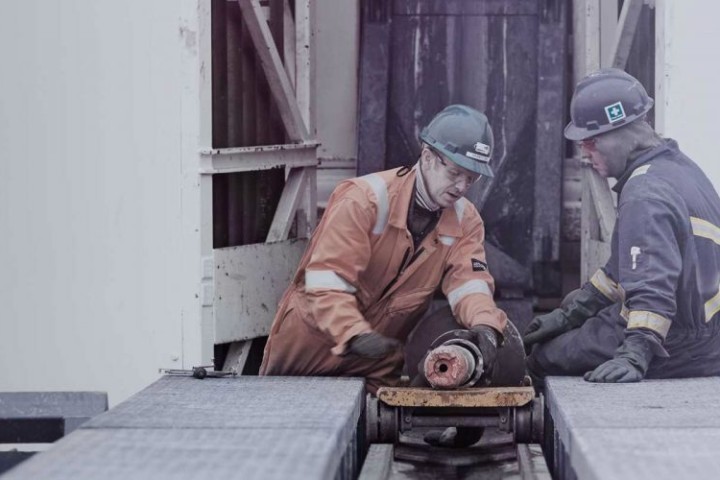Francis Egan, Cuadrilla's chief executive, said: “We have also confirmed that the Bowland shale formation fractures in a way that, from US experience, is typical of an excellent shale gas reservoir.
"A complex fracture network was generated in the shale and sand injected into the fractures has stayed in place during flow back. Also the natural gas flowing to surface from the shale has a very high methane content, which means it could be delivered into the local gas grid for the benefit of local consumers with minimal processing required.”Cuadrilla said that an intentionally conservative micro-seismic operating limit during hydraulic fracturing, set at just 0.5 on the Richter Scale, had however 'severely constrained' the volume of sand that could be injected into the shale rock.
The company also confirmed that it has requested the Oil and Gas Authority (OGA) to urgently review the micro-seismic Traffic Light System to enable the PNR exploration wells to be properly tested and produced effectively. Subject to the outcome of such a review Cuadrilla plans to complete hydraulic fracturing of the PNR1 well, fracture the PNR2 well and carry out flow testing of both wells later this year.Francis added: “We have only partially tested this well, with just two out of the forty one stages installed along the horizontal section fractured fully as designed, and less than 14 per cent of the sand we had planned to inject into the shale rock put in place. Nonetheless the natural gas still flowed back from the shale at a peak rate of over 200,000 standard cubic feet per day and a stable rate of some 100,000 standard cubic feet per day."
Cuadrilla estimates that, when compared to a typical North American 2.5km long producing horizontal shale gas well, with all of its stages fractured as planned, the data indicates a potential initial flow rate range of between 3million and 8million standard cubic feet per day.In addition to micro-seismic data Cuadrilla recorded ground vibration levels throughout fracturing operations. The vast majority of those vibrations were less than 0.5 mm/second which the company has highlighted is up to thirty times lower than limits applied to other UK industrial operations, including quarrying and construction.
Francis added: “Cuadrilla and its investors remain committed to this opportunity. The potential for Lancashire and the UK has again been clearly demonstrated by the fracturing and flow-testing carried out at Preston New Road. We look forward to completing the job.“All we ask now is that we are treated fairly, with comparable seismic and ground vibration levels to similar industries in Lancashire and elsewhere in the UK who are able to work safely but more effectively with significantly higher thresholds for seismicity and ground vibration.” Cuadrilla has now shut in the well and will monitor build-up as it continues to assess the results.






















